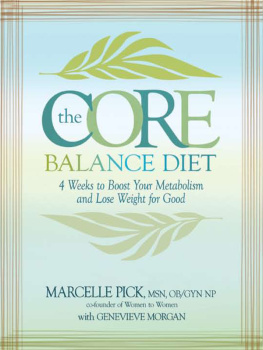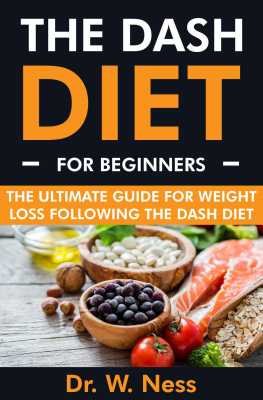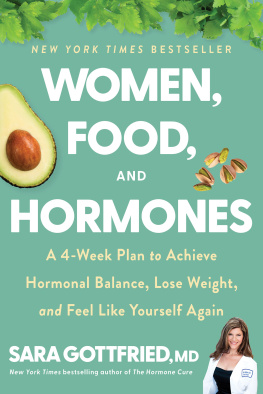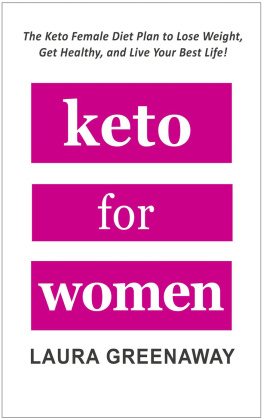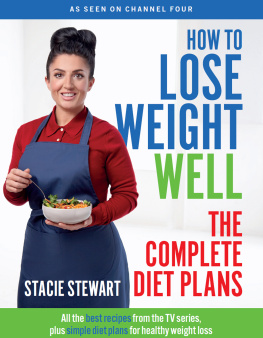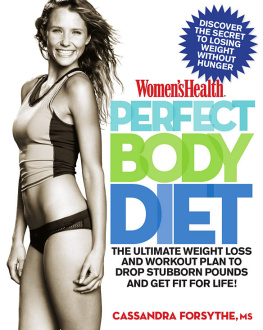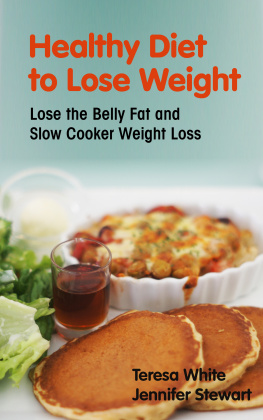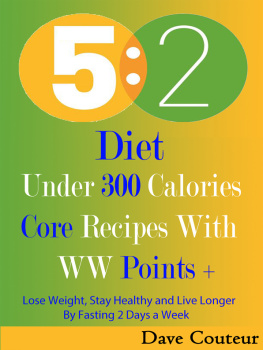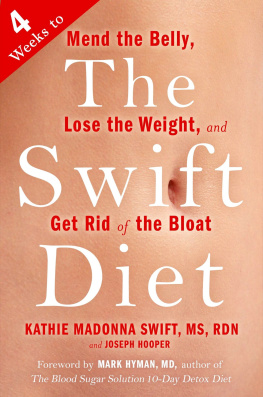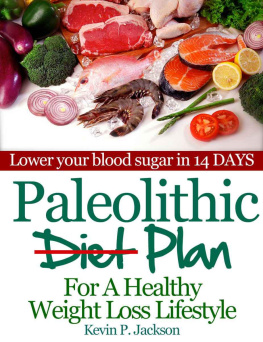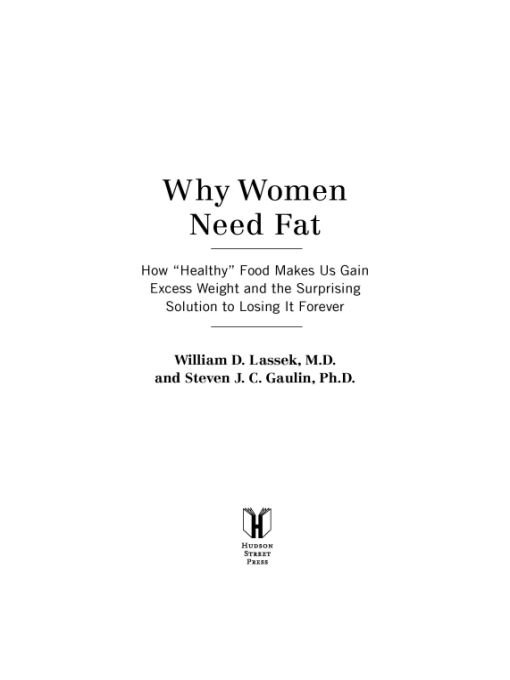Table of Contents
This book is dedicated to the many wonderful women in our livesmothers, partners, sisters, daughters, and granddaughtersand to all American women in their ongoing quest for better lives for themselves and their loved ones.
ACKNOWLEDGMENTS
Many people have helped inspire and shape this book. Many of the ideas in it are new, and our mentors, colleagues, and students have all asked the right questions at key junctures. But still, a smaller number of people made such clear and identifiable contributions that we must mention them by name.
As some of the ideas in this book were coalescing, we benefited greatly from thoughtful questioning by the faculty and doctoral students of the Center for Evolutionary Psychology and the Integrative Anthropological Sciences Program at the University of California, Santa Barbara. There, Melanie Martin, Mike Gurven, John Tooby, Leda Cosmides, Jim Roney, Daniel Sznycer, Carolyn Hodges, Kate Hanson, Max Krasnow, Andy Delton, Tess Robertson, and Danielle Truxaw were especially helpful.
It was Melanie who carefully collected breast milk among the Tsimane people of Amazonian Bolivia, guarded it within liquid nitrogen, and navigated it through customs. We thank those Tsimane mothers for their contributions, and Rhob Evans at the University of Pittsburghs Graduate School of Public Health for his time and expertise in analyzing the fatty acids in their milk and the comparison sample from American mothers provided by Ardith Morrow, Jessica Woo, Barbara S. Davidson, and Sheela R. Geraghty.
Colleagues elsewherein particular, Dan Fessler, Martie Haselton, Caleb Finch, Roberta Ness, and Joseph Hibbelnbrought their own special expertise to bear in helping us refine our thinking. A lineage of astute research assistants, including Natalie Brechtel, Aime K. Andrews, Liana Hone, and Aymee Fenwick, measured, weighed, and pinched many an obliging young woman or helped scour federal government databases. We also wish to thank Donna Bushey and Joanna Saykiewicz for their valuable help. Will especially thanks his best friend and companion of many years, Mary Carrasco, for her support and uniformly good advice.
Norm Lee and the family of our late colleague Professor Devendra Singhespecially his daughter Dorian Singhgenerously shared their recollections of Dev and how he came to launch an area of research that now spans the biological and social sciences. Likewise, we are grateful to Dr. Ulf Hgberg for the story of why he undertook research on deaths from childbirth in nineteenth-century Sweden.
Kate Lee, our agent at ICM, saw what this project could be perhaps more fully than we did; and our editors at the Penguin GroupCaroline Sutton and Meghan Stevensondid much to help the vision become a reality. This book would not exist without the energies and insights of these three dynamic women. We would also like to thank copy editor Sheila Moody and managing editor Norina Frabotta.
None of these generous people are to blame for any errors we have made or wrong turnings we may have taken.
Finally, we are grateful to the thousands of women and their daughters (as well as the men and boys) who have willingly participated in the National Health and Nutrition Examination Surveys conducted by the U.S. Public Health Service over the past fifty years. They have generously shared their exhaustive histories, measurements, habits, bodily fluids, X-rays, and dietary choices with medical researchers. Without their unsung sacrifices, so important to this book, the health of Americans would be much less well understood and our efforts to improve it much diminished.
INTRODUCTION
Susan is a pretty typical American woman. Shes a forty-five-year-old divorce, has a daughter and a son, works as the manager of a church-based nursery school, and would very much like to lose weight. Her height (five feet, four inches) and weight (166 pounds) are close to the average for American women her age. Her body mass index (BMI) is 28, near the upper end of the overweight range. Even though Susan is currently in good health, her doctor has told her that she is substantially overweight and should really try to lose at least ten pounds, pointing out that being overweight can increase fat and sugar in her blood, make her white blood cells more active, and raise her blood pressure.
Unfortunately, being told she should lose weight isnt doing Susan any good. She has been trying to lose weight for most of the past twenty years and has tried just about every kind of diet plan or program imaginable. With each one, she usually has some initial success and once even lost twenty-five pounds. But typically, after she loses ten or fifteen pounds, her weight loss stops. Even worse, although she usually tries to maintain her diet, she not only regains the lost weight but ends up gaining more. The net result is that, despite all of her efforts to lose weight, she has gained seventeen pounds in the last ten years.
What makes this all the more painful for Susan is that in her late teens and early twenties, she was not only thin but it was easy for her to stay that way. On the day she graduated from high school, she weighed 118 pounds, and until she became pregnant with her daughter Jessica when she was twenty-three, she stayed close to 120 pounds without any effort and without dieting, special exercise, or feeling hungry. Back then she had an hourglass figure with a narrow waist and rounded hips and thighs. Based on her height and weight at that time, she would have had about thirty-five pounds of fatabout half of what she has now.
But after her daughter was born, Susan never got back to her old weight, and her weight crept up even more after she had her son David. Despite her frequent dieting, every year she gained one or two pounds, until one day she realized that she had gained almost fifty pounds since her high school graduation day. As her mother likes to remind her, she now weighs twenty pounds more than her mother did at the same age. Susan often wonders how that slender nineteen-year-old became a forty-five-year-old woman who is twenty-one pounds overweight with nearly seventy pounds of body fat. Its a common question among American women and its what we are going to try to answer in this book.
Susans Story Is the Story of Most Women
Not all women gain as much as Susan has and, certainly, some gain more. But Susans experience of starting out thin and then steadily gaining weight after having children is the story of most women around the world. As was true for Susan before she became a mom, most young women who have not been pregnant tend to be thin, typically weighing around 120 pounds if they have an average height of five feet, four inches. (For taller or shorter women, each inch in height adds or subtracts about five pounds.) These low weights have been typical for women in their late teens in countries all around the world and, until the 1970s, were true of most young American women as well.
After starting out thin, as Susan did, most women (who live where there is enough to eat) tend to gain weight in their childbearing years, adding about a pound a year as they raise their families. Susans mom went through this, gaining twenty-five pounds and weighing 146 by her late forties. From the time when average weights began to be tabulated, in the 1890s, until the 1970s, American women showed this same pattern of moderate weight gain. (Men do not gain in this way; they typically add less weight from their twenties to their forties.)



